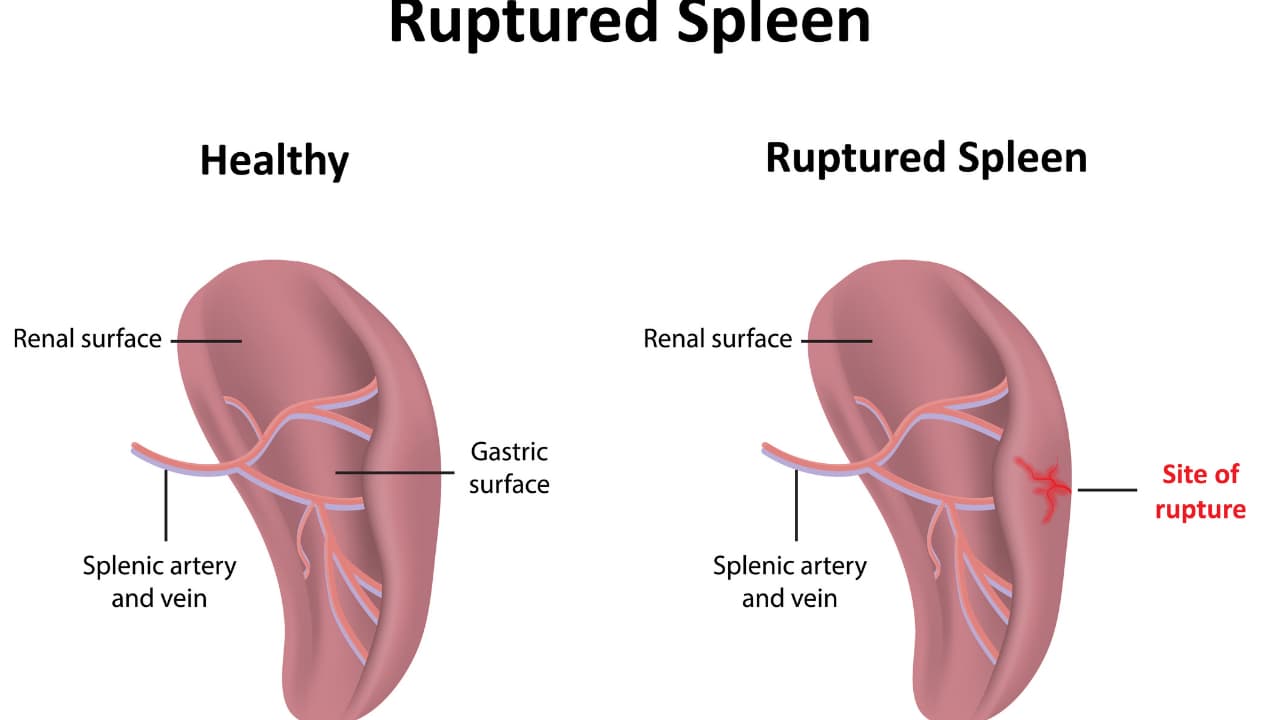How large is a spleen. Splenomegaly: Causes, Symptoms, and Treatment of an Enlarged Spleen
What is splenomegaly. How is splenomegaly diagnosed. What are the common causes of an enlarged spleen. What are the symptoms of splenomegaly. How is an enlarged spleen treated. When should you see a doctor for spleen issues. What complications can arise from splenomegaly.
Understanding the Spleen: Structure and Function
The spleen is a vital organ located in the upper left quadrant of the abdomen, adjacent to ribs 9 through 12. This fist-sized organ plays crucial roles in the body’s immune system and blood filtration processes. But what exactly does the spleen do?
The spleen’s primary functions include:
- Filtering blood and removing old or damaged red blood cells
- Storing platelets and white blood cells
- Producing antibodies and fighting infections
- Recycling iron from hemoglobin
A normal adult spleen typically weighs between 70 and 200 grams and measures up to 12 cm in craniocaudal length. However, various conditions can cause the spleen to enlarge, a condition known as splenomegaly.
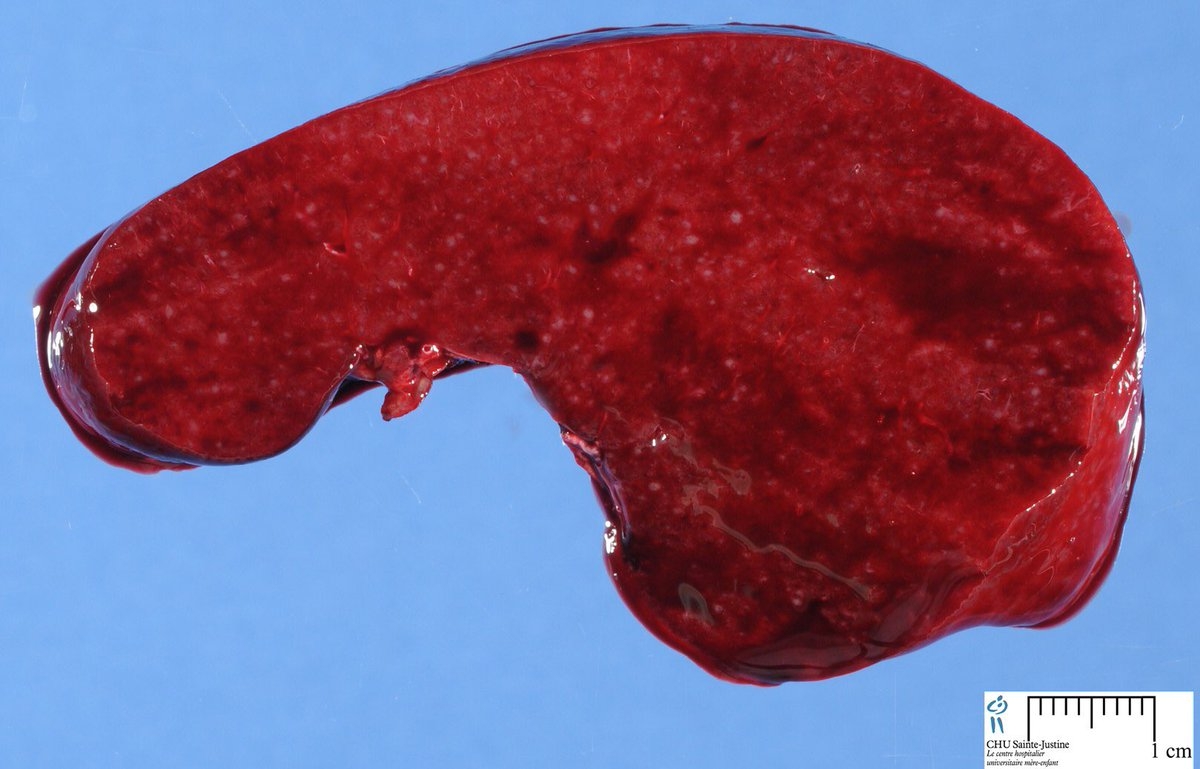
What is Splenomegaly and How is it Defined?
Splenomegaly refers to an abnormal enlargement of the spleen. But how do medical professionals determine when a spleen is considered enlarged?
- Mild splenomegaly: Spleen length of 12-20 cm
- Massive splenomegaly: Spleen length greater than 20 cm
- By weight: 400-500 g indicates splenomegaly, while over 1000 g is considered massive splenomegaly
It’s important to note that spleen size can vary based on an individual’s height, weight, and sex, with men typically having larger spleens than women.
Causes of Splenomegaly: From Common to Rare
An enlarged spleen can result from various underlying conditions. What are the most common causes of splenomegaly?
Liver Diseases
Liver conditions such as cirrhosis and hepatitis can lead to portal hypertension, causing blood to back up in the spleen and resulting in its enlargement.
Hematologic Disorders
Blood disorders are frequent culprits of splenomegaly. These include:
- Leukemia
- Lymphoma
- Myeloproliferative disorders
- Hemolytic anemias
- Thalassemias
Infections
Both acute and chronic infections can cause the spleen to enlarge as it works harder to fight off pathogens. Common infectious causes include:
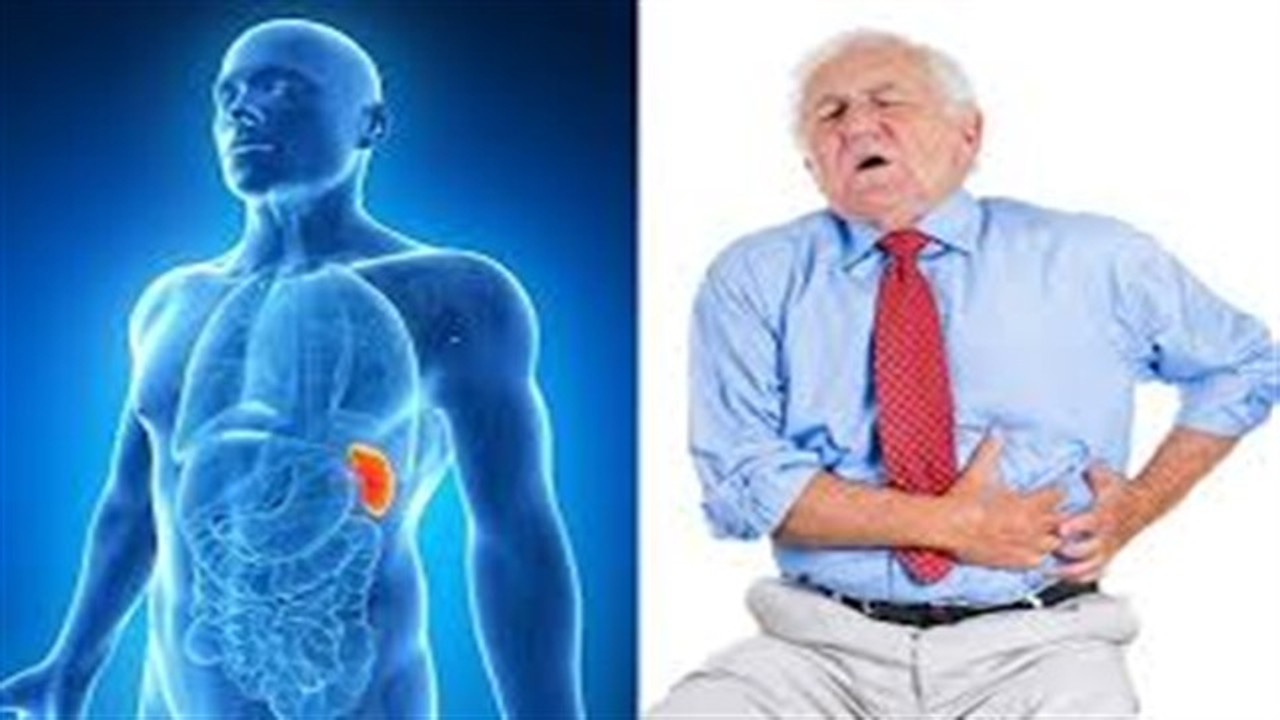
- Infectious mononucleosis (Epstein-Barr virus)
- HIV
- Malaria
- Tuberculosis
- Bacterial endocarditis
Autoimmune Disorders
Several autoimmune conditions can lead to splenomegaly, including:
- Systemic lupus erythematosus
- Rheumatoid arthritis
- Felty’s syndrome
- Sarcoidosis
Rare Causes
Less common but significant causes of splenomegaly include:
- Gaucher’s disease
- Niemann-Pick disease
- Amyloidosis
- Splenic cysts or tumors
Recognizing the Symptoms of Splenomegaly
How can you tell if you might have an enlarged spleen? While mild splenomegaly may be asymptomatic, more significant enlargement can present with various symptoms:
- Pain or fullness in the upper left abdomen
- Feeling full without eating or after eating small amounts
- Fatigue
- Anemia
- Easy bleeding or bruising
- Recurrent infections
In some cases, patients may experience referred pain to the left shoulder, known as Kehr’s sign, particularly when taking deep breaths.
Diagnosing Splenomegaly: From Physical Exam to Imaging
How do healthcare providers diagnose an enlarged spleen? The diagnostic process typically involves several steps:

Physical Examination
A healthcare provider may be able to feel an enlarged spleen during a physical exam. They may use techniques such as:
- Palpation of the left upper quadrant
- Percussion of the lower left rib cage
- Asking the patient to take a deep breath while palpating the abdomen
Imaging Studies
To confirm the diagnosis and assess the extent of enlargement, various imaging techniques may be employed:
- Ultrasound: A quick, non-invasive method to visualize the spleen
- CT scan: Provides detailed images of the spleen and surrounding structures
- MRI: Offers high-resolution images without radiation exposure
Blood Tests
Blood work can help identify underlying causes of splenomegaly and assess its impact on blood cell counts. Common tests include:
- Complete blood count (CBC)
- Liver function tests
- Tests for specific infections or autoimmune conditions
Treatment Approaches for Splenomegaly
How is an enlarged spleen treated? The management of splenomegaly primarily focuses on addressing the underlying cause. Treatment approaches may include:

Medical Management
Depending on the etiology, medical treatments may involve:
- Antibiotics for bacterial infections
- Antiviral medications for viral infections
- Chemotherapy or targeted therapies for hematologic malignancies
- Immunosuppressants for autoimmune disorders
Surgical Intervention
In some cases, surgical removal of the spleen (splenectomy) may be necessary. When might a splenectomy be recommended?
- Rupture or risk of rupture
- Severe complications of an enlarged spleen
- Certain blood disorders
- Diagnostic purposes when other tests are inconclusive
It’s important to note that living without a spleen increases the risk of certain infections, and patients who undergo splenectomy require specific vaccinations and may need long-term antibiotic prophylaxis.
Supportive Care
Patients with splenomegaly may benefit from supportive measures such as:
- Pain management
- Dietary modifications to manage feelings of fullness
- Avoiding contact sports to prevent splenic rupture
Complications and Prognosis of Splenomegaly
What potential complications can arise from an enlarged spleen? While many cases of splenomegaly can be managed effectively, some potential risks include:
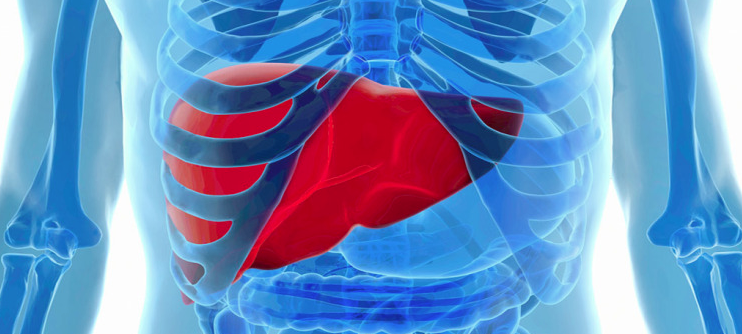
- Splenic rupture: A medical emergency that can lead to life-threatening internal bleeding
- Hypersplenism: Excessive function of the spleen leading to cytopenias
- Portal hypertension: Increased blood pressure in the portal venous system
- Increased susceptibility to infections
The prognosis for patients with splenomegaly largely depends on the underlying cause. Many conditions causing splenomegaly can be effectively treated, leading to resolution of the enlargement. However, some chronic conditions may require ongoing management.
Living with Splenomegaly: Lifestyle Considerations and Precautions
How can individuals with an enlarged spleen manage their condition in daily life? Living with splenomegaly often requires certain precautions and lifestyle modifications:
Physical Activity
Patients with splenomegaly are typically advised to avoid contact sports and high-impact activities due to the risk of splenic rupture. What activities are generally considered safe?
- Walking
- Swimming
- Stationary cycling
- Yoga (with modifications)
Diet and Nutrition
While there’s no specific diet for splenomegaly, some patients may benefit from:

- Eating smaller, more frequent meals to manage feelings of fullness
- Avoiding alcohol, especially if liver disease is a contributing factor
- Consuming a balanced diet rich in fruits, vegetables, and lean proteins to support overall health
Infection Prevention
Individuals with splenomegaly, especially those who have undergone splenectomy, need to be vigilant about preventing infections. What steps can be taken?
- Staying up-to-date with recommended vaccinations
- Practicing good hand hygiene
- Seeking prompt medical attention for any signs of infection
- Taking prescribed prophylactic antibiotics if recommended by a healthcare provider
Regular Monitoring
Patients with splenomegaly typically require ongoing medical follow-up. This may involve:
- Regular physical examinations
- Periodic imaging studies to monitor spleen size
- Blood tests to assess blood cell counts and overall health
When to Seek Medical Attention: Red Flags for Spleen Issues
How can you recognize when spleen-related symptoms require immediate medical attention? While many cases of splenomegaly can be managed on an outpatient basis, certain symptoms warrant urgent evaluation:

- Sudden, severe pain in the upper left abdomen
- Pain radiating to the left shoulder, especially when taking deep breaths
- Lightheadedness or fainting
- Rapid heartbeat
- Confusion or disorientation
These symptoms could indicate a splenic rupture or other serious complications and require immediate medical assessment.
Monitoring for Infection
Patients with splenomegaly, particularly those without a spleen, should be vigilant for signs of infection. What symptoms should prompt a call to the doctor?
- Fever above 101°F (38.3°C)
- Chills or sweats
- Persistent cough or shortness of breath
- Unusual fatigue or weakness
- Unexplained skin rashes or lesions
Early recognition and treatment of infections are crucial for patients with compromised splenic function.
Research and Future Directions in Splenomegaly Management
What advancements are being made in the understanding and treatment of splenomegaly? Ongoing research in this field is focused on several key areas:
Improved Diagnostic Techniques
Researchers are working on developing more accurate and less invasive methods for diagnosing and monitoring splenomegaly. These include:
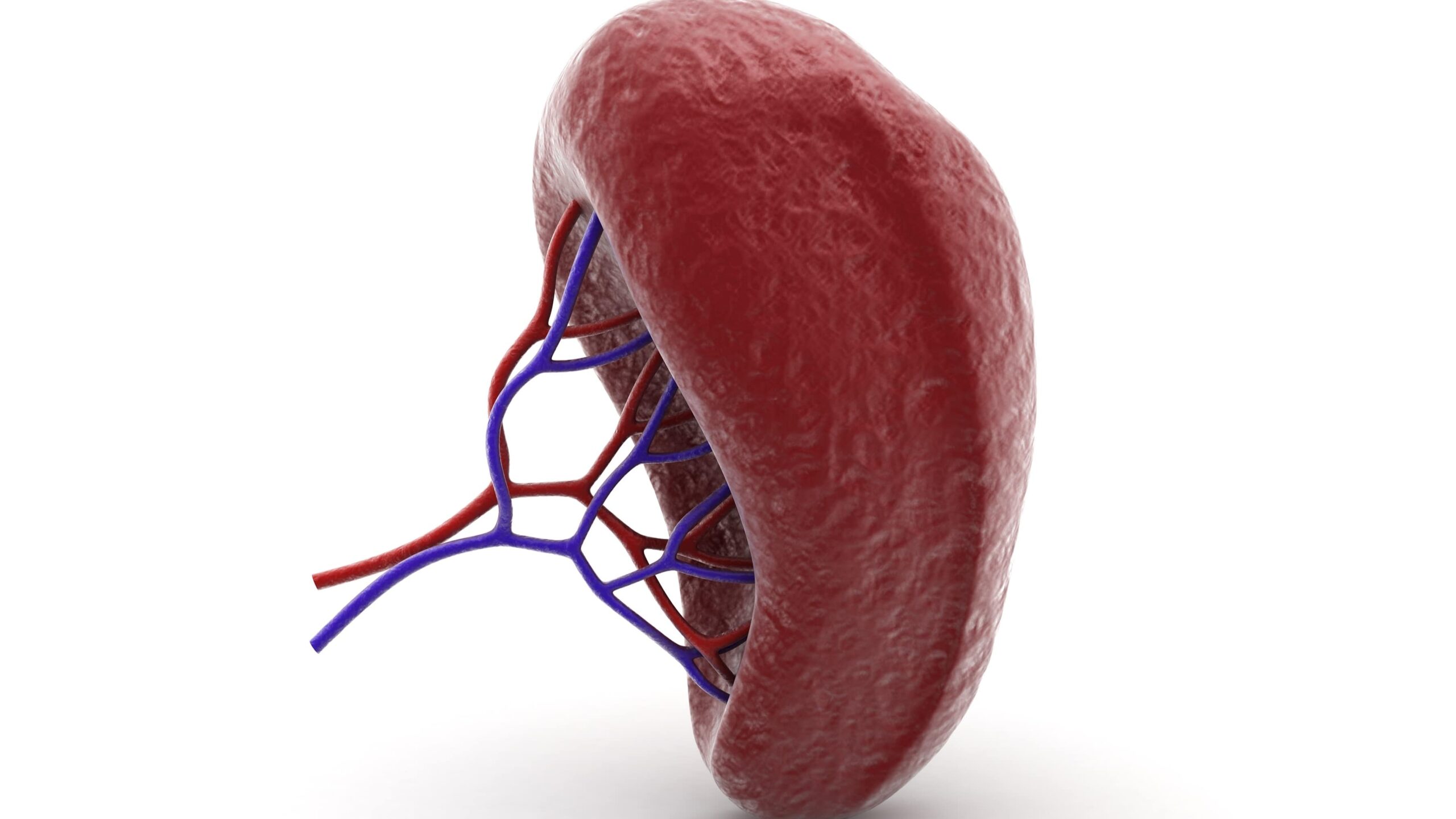
- Advanced imaging techniques with higher resolution and sensitivity
- Biomarkers that could indicate splenic enlargement or dysfunction
- Artificial intelligence algorithms to assist in image interpretation and diagnosis
Targeted Therapies
For cases where splenomegaly is secondary to other conditions, researchers are exploring targeted therapies that could address the underlying cause while minimizing side effects. Areas of focus include:
- Novel treatments for hematologic disorders
- Immunomodulatory drugs for autoimmune-related splenomegaly
- Gene therapies for inherited conditions affecting the spleen
Alternatives to Splenectomy
Given the long-term risks associated with splenectomy, researchers are investigating alternative approaches for managing severe splenomegaly. These include:
- Partial splenectomy techniques
- Splenic artery embolization
- Pharmacological approaches to reduce spleen size
Long-term Outcomes Research
Ongoing studies are aimed at better understanding the long-term outcomes of patients with splenomegaly and those who have undergone splenectomy. This research could inform future treatment guidelines and improve patient care.

As research in this field progresses, it holds the promise of more effective, personalized approaches to managing splenomegaly and its underlying causes, potentially improving outcomes and quality of life for affected individuals.
Splenomegaly – StatPearls – NCBI Bookshelf
Continuing Education Activity
Splenomegaly is defined as enlargement of the spleen measured by size or weight. The spleen plays a significant role in hematopoiesis and immunosurveillance. The major functions of the spleen include clearance of abnormal erythrocytes, removal of microorganisms and antigens as well as the synthesis of immunoglobulin G (IgG). The spleen also synthesizes the immune system peptides properdin and tuftsin. Approximately one-third of circulating platelets are stored in the spleen. The normal weight of the adult spleen is 70 g to 200 g, spleen weight of 400 g to 500 g indicates splenomegaly spleen weight greater than 1000 g is definitive of massive splenomegaly. This activity reviews the causes, evaluation, and management of splenomegaly and highlights the role of the interprofessional team in managing patients with this condition.
Objectives:
Identify the etiology of splenomegaly.

Describe the typical history and physical exam findings in a patient with splenomegaly.
Outline the treatment and management options for splenomegaly.
Review interprofessional team strategies for improving care coordination and communication to advance splenomegaly improve outcomes.
Access free multiple choice questions on this topic.
Introduction
Splenomegaly is defined as enlargement of the spleen measured by weight or size. The spleen plays a significant role in hematopoiesis and immunosurveillance. The major functions of the spleen include clearance of senescent and abnormal erythrocytes and their remnants, opsonized platelets and white blood cells and removal of microorganisms and antigens. The spleen also serves as a secondary lymphoid organ and is the site for maturation and storage of T and B lymphocytes, playing an important role in the synthesis of immunoglobulin G (IgG) by mature B-lymphocytes upon interaction with the T-lymphocytes.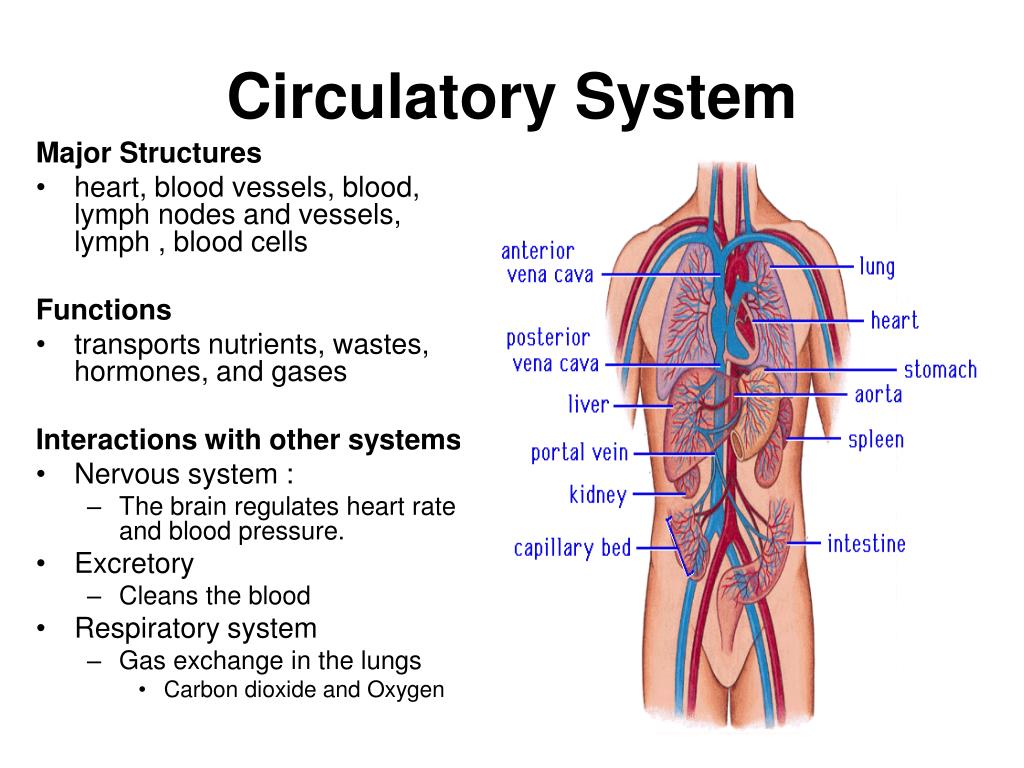 The spleen also synthesizes the immune system peptides properdin and tuftsin. Approximately one-third of circulating platelets are stored in the spleen. The normal position of the spleen is within the peritoneal cavity in the left upper quadrant adjacent to ribs 9 through 12. The normal-sized spleen abuts the stomach, colon, and left kidney.
The spleen also synthesizes the immune system peptides properdin and tuftsin. Approximately one-third of circulating platelets are stored in the spleen. The normal position of the spleen is within the peritoneal cavity in the left upper quadrant adjacent to ribs 9 through 12. The normal-sized spleen abuts the stomach, colon, and left kidney.
The size and weight of spleen may vary and correlates with weight, height, and sex of an individual, with larger spleen size seen in men compared to women, and in heavier or taller individuals. A normally sized spleen measures up to 12 cm in craniocaudal length. A length of 12 cm to 20 cm indicates splenomegaly, and a length greater than 20 cm is definitive of massive splenomegaly. The normal weight of the adult spleen is 70 g to 200 g; a spleen weight of 400 g to 500 g indicates splenomegaly and spleen weight greater than 1000 g is definitive of massive splenomegaly. The normal-sized spleen is usually not palpable in adults. However, it may be palpable due to variations in body habitus and chest wall anatomy.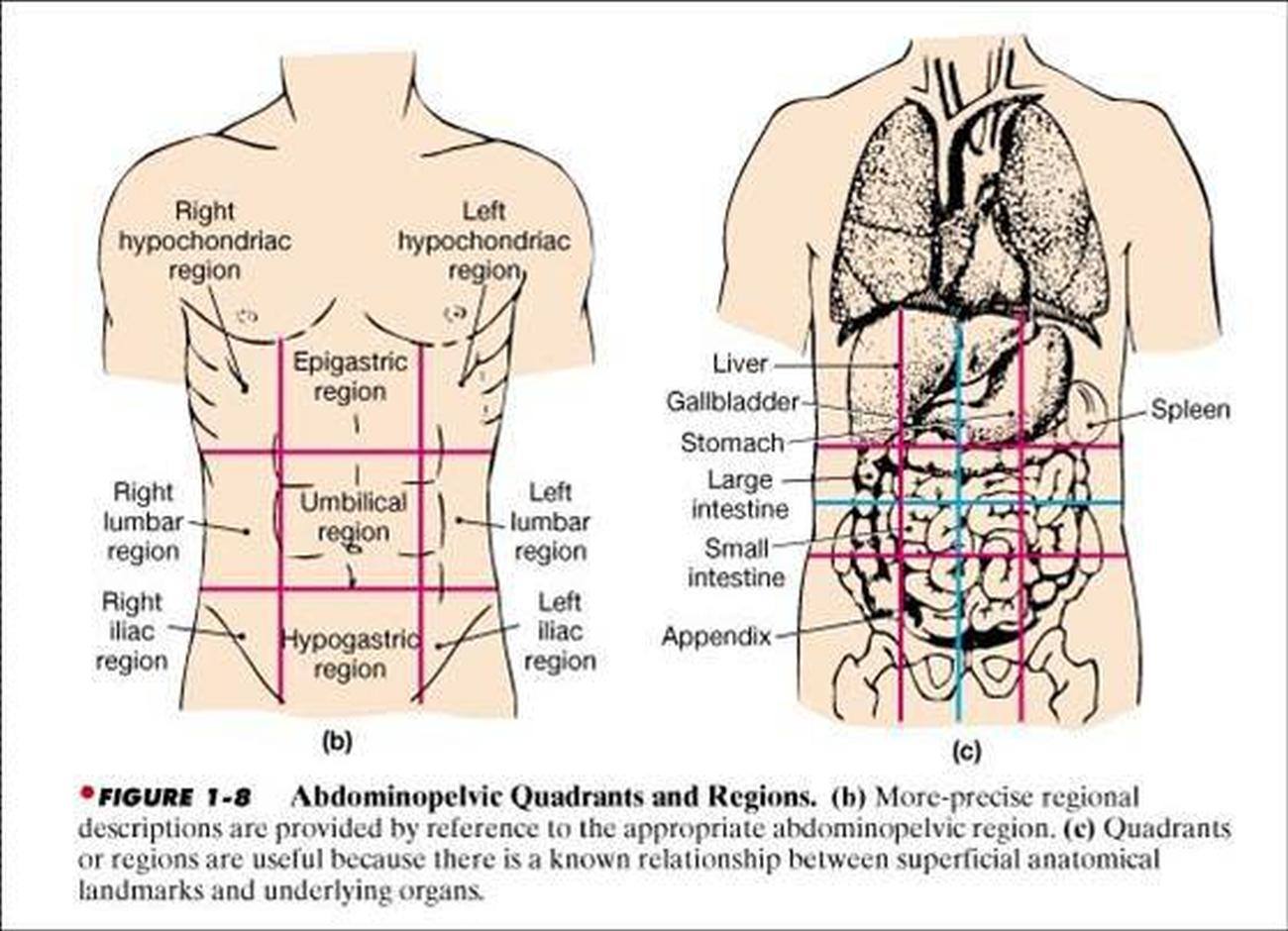 Splenomegaly may be diagnosed clinically or radiographically using ultrasound, CT imaging, or MRI. Splenomegaly may be a transient condition due to acute illness or may be due to serious underlying acute or chronic pathology.[1][2][3]
Splenomegaly may be diagnosed clinically or radiographically using ultrasound, CT imaging, or MRI. Splenomegaly may be a transient condition due to acute illness or may be due to serious underlying acute or chronic pathology.[1][2][3]
Etiology
There are several potential causes of splenomegaly.
Liver disease (cirrhosis, hepatitis): Parenchymal liver disease causes increased vascular pressure leading to an increase in spleen size.
Hematologic malignancies (lymphomas, leukemias, myeloproliferative disorders): Neoplastic cells cause infiltration of the spleen leading to splenomegaly.
Venous thrombosis (portal or hepatic vein thrombosis): This leads to an increase in vascular pressure leading to splenomegaly.
Splenic congestion (venous thrombosis, portal hypertension, congestive heart failure).
Cytopenias (Immune thrombocytopenic purpura, autoimmune hemolytic anemia, immune-mediated neutropenia, Felty syndrome): Immune-mediated destruction of red blood cells, white blood cells or platelets lead to functional splenomegaly.

Splenic sequestration (pediatric sickle cell disease, hemolytic anemias, thalassemias).
Acute or chronic infection (bacterial endocarditis, infectious mononucleosis, HIV, malaria, tuberculosis, histiocytosis, abscess).
Connective tissue diseases (systemic lupus erythematosus, rheumatoid arthritis, Adult-onset Still’s disease, and some familial autoinflammatory syndromes).[4][5]
Infiltrative disorders (sarcoidosis, amyloidosis, glycogen storage diseases).
Splenic sequestration (pediatric sickle cell, hemolytic anemias, thalassemias).
Focal lesions (hemangiomas, abscess, cysts, metastasis).
The mechanism underlying splenic enlargement varies based on the etiology. In the case of acute infectious illness, the spleen performs increased work in clearing antigens and producing antibodies and increases the number of reticuloendothelial cells contained within the spleen. These increased immune functions may result in splenic hyperplasia. In the case of liver disease and congestion, underlying illness causes increased venous pressure causing congestive splenomegaly. Extramedullary hematopoiesis exhibited in myeloproliferative disorders can lead to splenic enlargement (infiltrative splenomegaly).[6][7]
In the case of liver disease and congestion, underlying illness causes increased venous pressure causing congestive splenomegaly. Extramedullary hematopoiesis exhibited in myeloproliferative disorders can lead to splenic enlargement (infiltrative splenomegaly).[6][7]
Splenic sequestration crisis (SSC) is a life-threatening illness common in pediatric patients with homozygous sickle cell disease and beta-thalassemia. Up to 30% of these children may develop SSC with a mortality rate of up to 15%. This crisis occurs when splenic vaso-occlusion causes a large percentage of total blood volume to become trapped within the spleen. Clinical signs include a severe, rapid drop in hemoglobin leading to hypovolemic shock and death. Pediatric patients with sickle cell disease and beta-thalassemia experience multiple splenic infarcts, resulting in splenic fibrosis and scarring. Over time, this leads to a small, auto infarcted spleen typically by the time patients reach adulthood. Splenic sequestration crisis can only occur in functioning spleens which may be why this crisis is rarely seen in adults. However, late adolescent or adult patients in this group who maintain splenic function may also develop the splenic sequestration crisis.
However, late adolescent or adult patients in this group who maintain splenic function may also develop the splenic sequestration crisis.
Epidemiology
Splenomegaly is a rare condition, with an estimated prevalence of approximately 2% of the total United States population. In adults, there has been no reported predominance in prevalence based on ethnicity, gender, or age. In Asia and Africa, tropical splenomegaly is very common. In older people, the capsule of the spleen is thin, thus the risk of rupture is higher.
Pathophysiology
Splenomegaly can be classified based on its pathophysiologic mechanism:
Congestive, by pooled blood (e.g., portal hypertension)
Infiltrative, by invasion by cells foreign to the splenic environment (e.g., metastases, myeloid neoplasms, lipid storage diseases)
Immune, by an increase in immunologic activity and subsequent hyperplasia (e.g., endocarditis, sarcoidosis, rheumatoid arthritis)
Neoplastic, when resident immune cells originate a neoplasm (e.
 g., lymphoma).
g., lymphoma).
History and Physical
The most common physical symptom associated with splenomegaly is vague abdominal discomfort. Patients may complain of pain in the left upper abdomen or referred pain in the left shoulder. Abdominal bloating, distended abdomen, anorexia, and/or early satiety may also occur. More commonly, patients will present with symptoms due to the underlying illness causing splenomegaly. Constitutional symptoms such as weakness, weight loss, and night sweats suggest malignant illness. Patients with splenomegaly due to acute infection may present with fever, rigors, generalized malaise, or focal infectious symptoms. Patients with underlying liver disease may present with symptoms related to cirrhosis or hepatitis. Symptoms of anemia (lightheadedness, dyspnea, or exertion), easy bruising, bleeding, or petechiae may indicate splenomegaly due to the underlying hemolytic process.
Physical examination of the spleen is performed with the patient in supine and right lateral decubitus position with neck, hips, and knees flexed.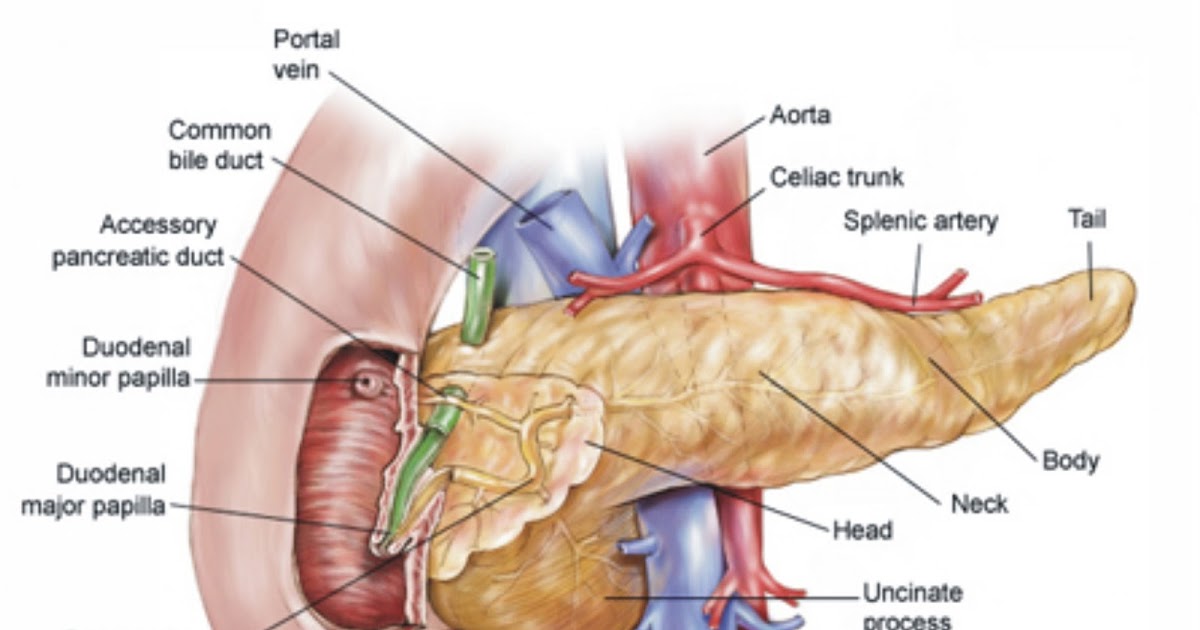 This positioning relaxes abdominal wall musculature and rotates the spleen more anteriorly. Light fingertip pressure is applied below the left costal margin during deep inspiration. The examiner may feel the rounded edge of the spleen pass underneath the fingertips at maximum inspiration. The exam is abnormal if the spleen is palpated more than 2 cm below the costal margin. In massive splenomegaly, the spleen may be palpated deep into the abdomen, crossing the midline of the abdomen and may even extend into the pelvis. Studies have shown that normal sized spleens may be palpable in approximately 3% of adults.
This positioning relaxes abdominal wall musculature and rotates the spleen more anteriorly. Light fingertip pressure is applied below the left costal margin during deep inspiration. The examiner may feel the rounded edge of the spleen pass underneath the fingertips at maximum inspiration. The exam is abnormal if the spleen is palpated more than 2 cm below the costal margin. In massive splenomegaly, the spleen may be palpated deep into the abdomen, crossing the midline of the abdomen and may even extend into the pelvis. Studies have shown that normal sized spleens may be palpable in approximately 3% of adults.
Patients may have an abnormally palpable spleen with or without exam findings of contributing underlying illness. Patients with splenomegaly due to acute infection may have exam findings consistent with infectious mononucleosis, endocarditis, or malaria. Exam findings of petechiae, abnormal mucosal bleeding, or pallor may accompany hematologic diseases. Jaundice, hepatomegaly, ascites, or spider angiomata may be present in patients with liver disease. Patients with rheumatologic diseases may present with joint tenderness, swelling, rash, or an abnormal lung exam.
Patients with rheumatologic diseases may present with joint tenderness, swelling, rash, or an abnormal lung exam.
Evaluation
A combination of serum testing and imaging studies may definitively diagnose splenomegaly and the underlying cause. Derangement in the complete blood (cell) counts and morphology including WBC, RBC, and platelets will vary based on the underlying disease state. Abnormalities in liver function tests, lipase, rheumatologic panels, and disease-specific infectious testing aid in the diagnosis of causative disease.[8] Hypersplenism may present with leukopenia, anemia, and thrombocytopenia.
Imaging may be used to diagnose splenomegaly and elucidate its underlying cause. The spleen has a similar attenuation as the liver when measured on CT imaging. In addition to diagnosing splenomegaly (a splenic measurement of greater than 10 cm in craniocaudal length), abdominal CT may detect splenic abscess, mass lesions, vascular abnormalities, cysts, inflammatory changes, traumatic injury, intra-abdominal lymphadenopathy, or liver abnormalities.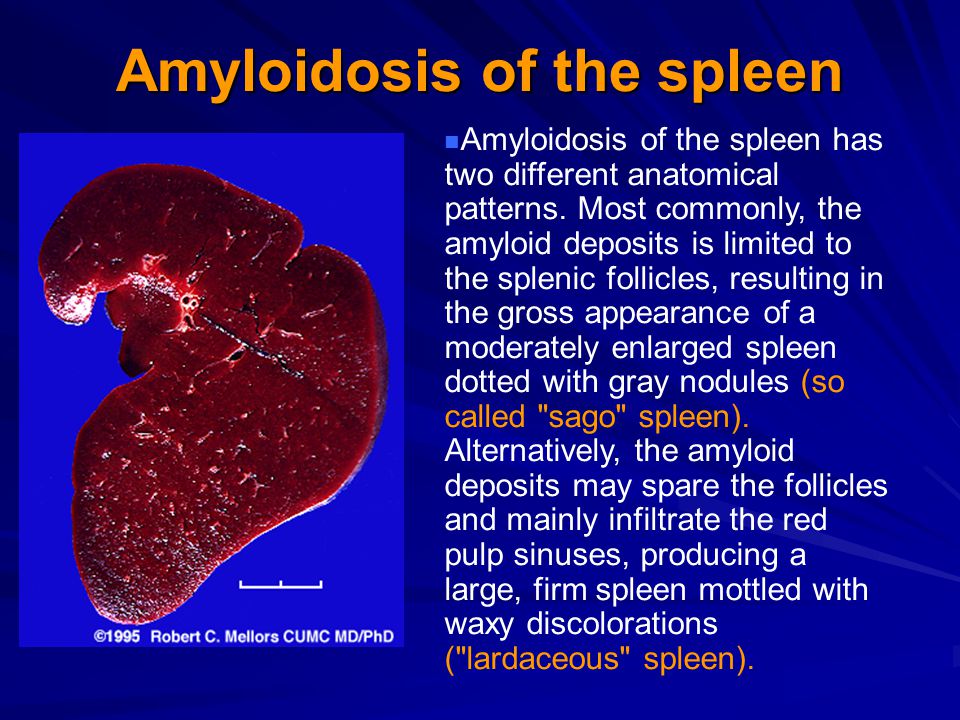
Ultrasound is a useful imaging modality in measuring the spleen and spares the patient radiation from CT imaging. Normal spleen size measured via ultrasound is less than 13 cm superior to the inferior axis, 6 cm to 7 cm in medial to lateral axis and 5 cm to 6 cm in anterior to the posterior plane.
MRI, PET scans, liver-spleen colloid scanning, and splenectomy and splenic biopsy may be indicated in certain cases.
Treatment / Management
Treatment of splenomegaly is targeted at treating the underlying disease and protecting the patient from complications of splenomegaly itself. Patients with splenomegaly from any cause are at increased risk of splenic rupture, and increased attention must be made to protect the patient from abdominal trauma. Treatment ranges from abdominal injury avoidance in the young healthy patient with splenomegaly due to infectious mononucleosis, to splenectomy of a massively enlarged spleen in a patient with hairy cell leukemia. Likewise, the prognosis is largely dependent on the underlying disease state. [9][10]
[9][10]
Splenic sequestration is seen in sickle cell anemia is often managed with blood transfusions/exchange transfusions. Sometimes splenectomy is required for ITP. Low dose radiation therapy can also shrink the spleen size in patients with primary myelofibrosis.
Patients who undergo splenectomy are at increased risk of infections secondary to encapsulated organisms such as Haemophilus Influenzae, Streptococcus pneumoniae, and Neisseria meningitidis. Vaccinations against these organisms are highly recommended in patients who have undergone splenectomy. Careful attention must be paid to post-splenectomy patients presenting with febrile illnesses as they may require more aggressive, empiric antibiotic therapy.
Differential Diagnosis
There are several potential causes of splenomegaly, and careful and thorough evaluation is often needed to find the underlying cause of splenomegaly.
These include:
Cirrhosis
Hepatitis
Rheumatoid arthritis
Felty syndrome
Systemic lupus erythematosus
Lymphoma
Sickle cell anemia
Liver disease (cirrhosis, hepatitis) is one of the most common causes and history of liver disease, abnormal physical exam findings and elevated liver enzymes in addition to abnormal liver imaging can help diagnose liver diseases.
Hematologic malignancies and metastasis shall be especially considered in patients with constitutional symptoms and weight loss. Abnormal peripheral blood smear and biopsy can assist in diagnosing malignancies.
Autoimmune diseases such as rheumatoid arthritis (RA) and systemic lupus erythematosus (SLE) frequently are associates with splenomegaly. In RA, the presence of splenomegaly in addition to neutropenia is termed Felty syndrome.
Acute and chronic infections including viral, bacterial, fungal, and mycobacterial infections can all cause splenomegaly and shall be carefully ruled out.
Cytopenias and diseases causing splenic sequestration can be ruled out by complete blood counts, peripheral blood smear and hemoglobin electrophoresis.
Infiltrative disorders such as glycogen storage diseases are a rare cause of splenomegaly and shall be considered if other more common causes are ruled out in patients with other clinical features consistent with these glycogen storage diseases.
Prognosis
The prognosis for patients with splenomegaly depends on the condition causing the enlargement. Regardless of the underlying etiology, the risk of rupture even with minor trauma is high in patients with an enlarged spleen.
Complications
Splenic rupture is the most feared complication of splenomegaly. Patients are advised to avoid high-impact or contact sports to minimize this risk. Cytopenias due to splenomegaly is another potential complication. Most of these can be minimized with splenectomy if indicated.
Deterrence and Patient Education
Patients with enlarged spleens are advised to avoid high-impact or contact sports to avoid the risk of splenic rupture.
Once a patient undergoes splenectomy, they should be advised of the higher risk of infections and proper immunization should take place to minimize this risk.
Enhancing Healthcare Team Outcomes
Patients with splenomegaly are best managed by an interprofessional team that includes a radiologist, internist, hematologist, oncologist, surgeon, nursing staff and sometimes other specialists such as rheumatologists and gastroenterologists.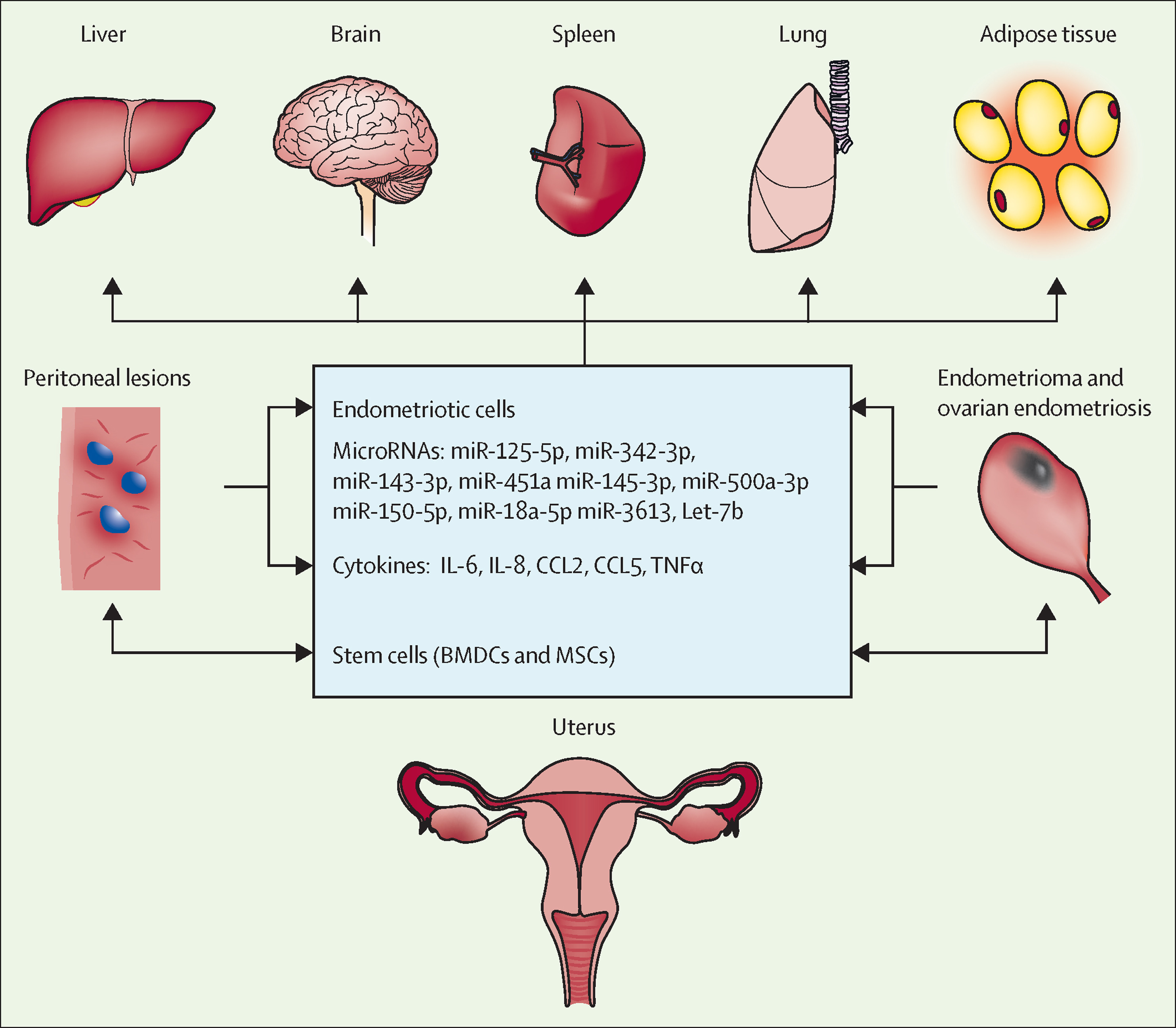 Due to a high risk of rupture, patient education is crucial, and contact sports shall be avoided in patients with splenomegaly.
Due to a high risk of rupture, patient education is crucial, and contact sports shall be avoided in patients with splenomegaly.
The nursing staff should educate the patient on the risk of infections if they undergo splenectomy. Vaccination against encapsulated organisms is highly recommended prior to the splenectomy. All patients who have had a splenectomy should wear a medical alert bracelet explaining the absence of a spleen. Antibiotic prophylaxis is recommended in post-splenectomy patients undergoing surgical procedures. Further, careful attention must be paid to post-splenectomy patients presenting with febrile illnesses as they may require more aggressive, empiric antibiotic therapy.
All patients with splenomegaly should be educated about the signs of splenic rupture and when to seek medical assistance. Unlike a normal spleen, an enlarged spleen that has ruptured cannot be managed with observation. Close collaboration with the team members is important to ensure that patients without a spleen have good outcomes. Most patients have a good outcome after splenectomy.[11][12]
Most patients have a good outcome after splenectomy.[11][12]
Review Questions
Access free multiple choice questions on this topic.
Comment on this article.
Figure
Radiograph Abdomen Splenomegaly. Contributed by Scott Dulebohn, MD
Figure
CT Splenomegaly. Image courtesy O.Chaigasame
References
- 1.
Nguyen Y, Stirnemann J, Belmatoug N. [Gaucher disease: A review]. Rev Med Interne. 2019 May;40(5):313-322. [PubMed: 30638965]
- 2.
Kang DW, Kim SH. Clinical aspects of splenomegaly as a possible predictive factor of coronary artery changes in Kawasaki disease. Cardiol Young. 2019 Mar;29(3):297-302. [PubMed: 30572971]
- 3.
Gala AR, Surapaneni T, Aziz N, Kallur SD. A Review of Outcomes in Pregnant Women with Portal Hypertension. J Obstet Gynaecol India. 2018 Dec;68(6):447-451. [PMC free article: PMC6207547] [PubMed: 30416270]
- 4.
Justiz Vaillant AA, Goyal A, Varacallo M.
 StatPearls [Internet]. StatPearls Publishing; Treasure Island (FL): Feb 27, 2023. Systemic Lupus Erythematosus. [PubMed: 30571026]
StatPearls [Internet]. StatPearls Publishing; Treasure Island (FL): Feb 27, 2023. Systemic Lupus Erythematosus. [PubMed: 30571026]- 5.
Chauhan K, Jandu JS, Brent LH, Al-Dhahir MA. StatPearls [Internet]. StatPearls Publishing; Treasure Island (FL): Jan 10, 2023. Rheumatoid Arthritis. [PubMed: 28723028]
- 6.
Palmiere C, Tettamanti C, Scarpelli MP, Tse R. The forensic spleen: Morphological, radiological, and toxicological investigations. Forensic Sci Int. 2018 Oct;291:94-99. [PubMed: 30173072]
- 7.
Sjoberg BP, Menias CO, Lubner MG, Mellnick VM, Pickhardt PJ. Splenomegaly: A Combined Clinical and Radiologic Approach to the Differential Diagnosis. Gastroenterol Clin North Am. 2018 Sep;47(3):643-666. [PubMed: 30115442]
- 8.
Allison J, Sunne R, Huntington M. Multifactorial Splenomegaly. S D Med. 2017 Dec;70(12):535-538. [PubMed: 29334440]
- 9.
Saab S, Brown RS. Management of Thrombocytopenia in Patients with Chronic Liver Disease.
 Dig Dis Sci. 2019 Oct;64(10):2757-2768. [PubMed: 31011942]
Dig Dis Sci. 2019 Oct;64(10):2757-2768. [PubMed: 31011942]- 10.
Kado R, McCune WJ. Treatment of primary and secondary immune thrombocytopenia. Curr Opin Rheumatol. 2019 May;31(3):213-222. [PubMed: 30920453]
- 11.
Vittorio J, Orellana K, Martinez M, Ovchinsky N, Schlossberg P, Griesemer A, Lobritto S. Partial Splenic Embolization Is a Safe and Effective Alternative in the Management of Portal Hypertension in Children. J Pediatr Gastroenterol Nutr. 2019 Jun;68(6):793-798. [PubMed: 30908386]
- 12.
Ashorobi D, Fernandez R. StatPearls [Internet]. StatPearls Publishing; Treasure Island (FL): Nov 12, 2022. Asplenia. [PubMed: 30844198]
Disclosure: Jennifer Chapman declares no relevant financial relationships with ineligible companies.
Disclosure: Amandeep Goyal declares no relevant financial relationships with ineligible companies.
Disclosure: Alexandre Azevedo declares no relevant financial relationships with ineligible companies.

Spleen problems and spleen removal
Some people are born without a spleen or need to have it removed because of disease or injury.
The spleen is a fist-sized organ found in the upper left side of your abdomen, next to your stomach and behind your left ribs.
It’s an important part of your immune system but you can survive without it. This is because the liver can take over many of the spleen’s functions.
What does the spleen do?
The spleen has a few important functions.
It fights any invading germs in the blood (the spleen contains infection-fighting white blood cells).
It controls the level of blood cells. The spleen controls the level of white blood cells, red blood cells and platelets (small cells that form blood clots).
It screens the blood and removes any old or damaged red blood cells.
If the spleen doesn’t work properly, it may start to remove healthy blood cells. This can lead to:
- anaemia, from a reduced number of red blood cells
- an increased risk of infection, from a reduced number of white blood cells
- bleeding or bruising, from a reduced number of platelets
Spleen problems
Spleen pain
Spleen pain is usually felt as a pain behind your left ribs.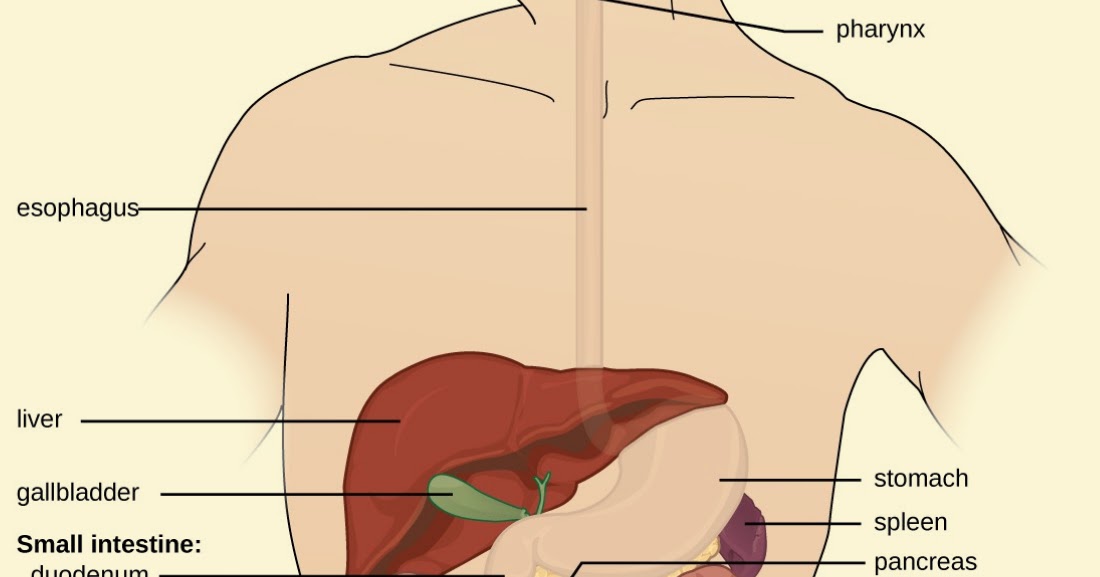 It may be tender when you touch the area. This can be a sign of a damaged, ruptured or enlarged spleen.
It may be tender when you touch the area. This can be a sign of a damaged, ruptured or enlarged spleen.
A damaged or ruptured spleen
The spleen can become damaged or may rupture (burst) after a forceful blow to the abdomen, car accident, sporting accident or fracture to the ribs.
Rupture can happen straight away or it may happen weeks after the injury.
Signs of a ruptured spleen are:
- pain behind your left ribs and tenderness when you touch this area
- dizziness and a rapid heart rate (a sign of low blood pressure caused by blood loss)
Sometimes, if you lie down and raise your legs, the pain can be felt at the tip of your left shoulder.
A ruptured spleen is a medical emergency, as it can cause life-threatening bleeding.
Immediate action required:
Go straight to A&E if:
- you think you’ve ruptured or damaged your spleen
Enlarged spleen
The spleen can become swollen after an infection or injury.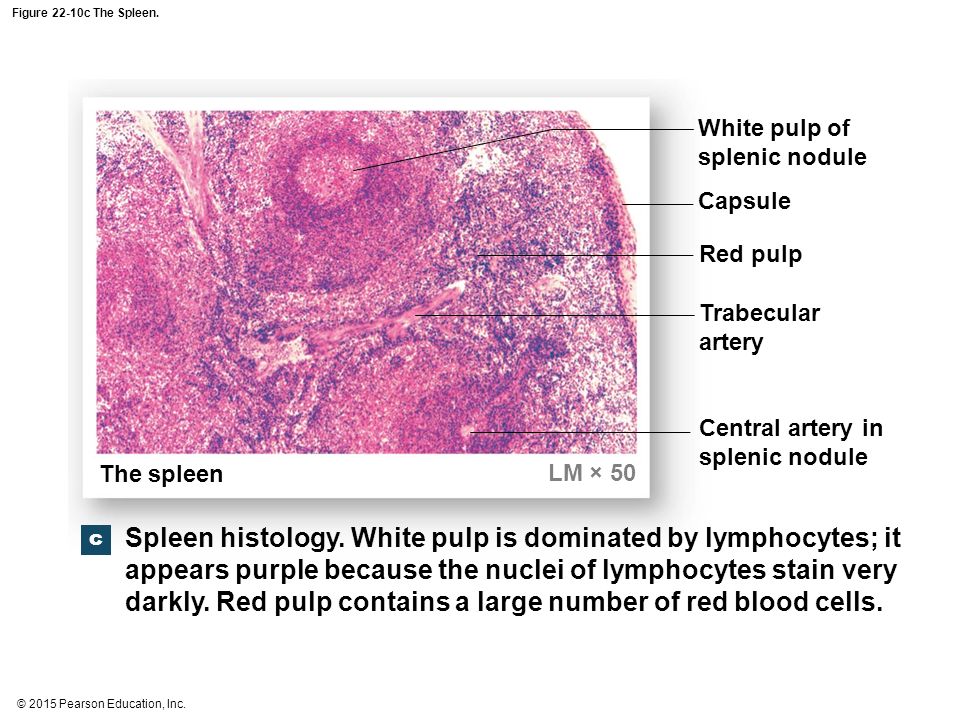 It can also become enlarged as a result of a disease such as cirrhosis, leukaemia or rheumatoid arthritis.
It can also become enlarged as a result of a disease such as cirrhosis, leukaemia or rheumatoid arthritis.
An enlarged spleen doesn’t always cause symptoms. Otherwise, look out for:
- feeling full very quickly after eating (an enlarged spleen can press on the stomach)
- feeling discomfort or pain behind your left ribs
- anaemia and/or fatigue
- frequent infections
- easy bleeding
Doctors can often tell if you have an enlarged spleen by feeling your abdomen. A blood test, CT scan or MRI scan would confirm the diagnosis.
The spleen is not usually removed if it’s just enlarged. Instead, you’ll receive treatment for any underlying condition and your spleen will be monitored. Antibiotics may be prescribed if there’s an infection.
You’ll need to avoid contact sports for a while, as you’ll be at greater risk of rupturing the spleen while it is enlarged.
Surgery is only necessary if the enlarged spleen is causing serious complications or if the cause can’t be found.
Splenectomy (having the spleen removed)
An operation to remove the spleen, known as a splenectomy, may be needed if the spleen is damaged, diseased or enlarged.
It may sometimes be more appropriate to have just part of your spleen removed – a partial splenectomy.
If there’s time, you’ll be advised to have a series of immunisations before the operation.
Laparoscopy
Most splenectomies are carried out using laparoscopy (keyhole surgery).
A laparoscope is long, thin, flexible instrument with its own light source. It is attached to a camera and will relay high definition, magnified pictures back to a TV screen to guide the surgeon’s instruments.
Laparoscopic splenectomy allows a surgeon to access the inside of your abdomen without having to make large incisions (cuts) in your skin. However, you will still need a general anaesthetic.
The procedure involves:
- making several incisions in your abdomen (tummy area)
- guiding a laparoscope into your body through one of the incisions, so doctors can see what they’re doing
- passing thin instruments into your abdomen through the other incisions, to remove your spleen – gas will be pumped into your abdomen to make this easier
The incisions will then be stitched up or sometimes glued together.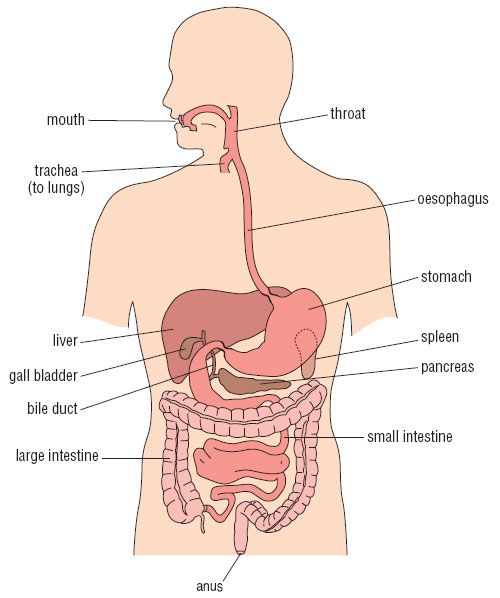 You may be able to go home the same day, or may need to stay in hospital overnight. If you go home the same day, someone will need to stay with you for the first 24 hours.
You may be able to go home the same day, or may need to stay in hospital overnight. If you go home the same day, someone will need to stay with you for the first 24 hours.
Open surgery
Open surgery, where one large incision is made, may be needed if the spleen is too large or too damaged to be removed via keyhole surgery. Often, in emergencies, this will be the preferred method to rapidly control bleeding.
You’ll need a general anaesthetic and may need to stay in hospital for a few days to recover.
Afterwards
It’s normal to feel sore and be bruised after a splenectomy, but you’ll be given pain relief medication.
You should be able to eat and drink as normal soon after the operation.
Like any operation, a splenectomy carries a small risk of complications, including bleeding and infection.
Your doctor will run through these risks with you.
You should be given breathing and leg movement exercises to do at home, to reduce your risk of getting a blood clot or a chest infection.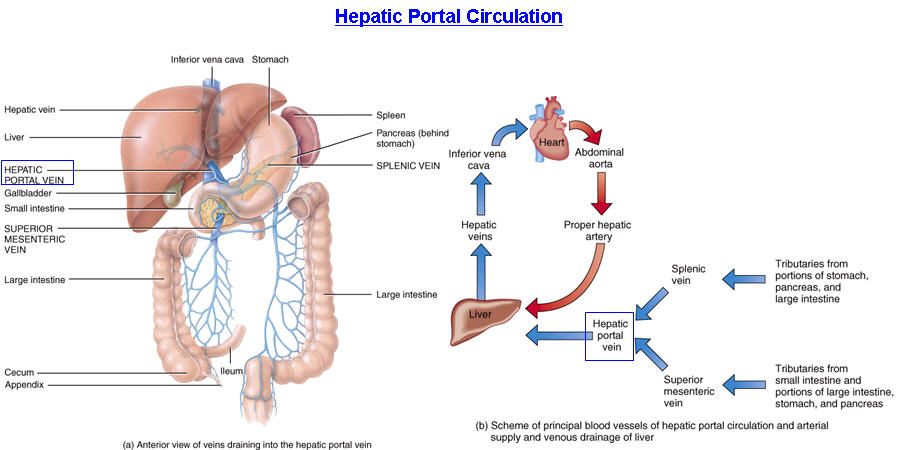
Another risk is the surgical wound becoming infected. If you spot any signs of infection, contact your GP or hospital immediately, as you may need antibiotics.
Recovery usually takes a few weeks. Your doctor or nurse will advise when you can go back to your usual activities, such as driving.
Living without a spleen
If your spleen needs to be removed, other organs such as the liver can take over many of the spleen’s functions.
This means you will still be able to cope with most infections. However, there is a small risk that a serious infection may develop quickly. This risk will be present for the rest of your life.
Risk of infection
Young children have a higher risk of serious infection than adults, but the risk is still small. The risk is also increased if you have a medical condition such as sickle cell anaemia, coeliac disease or a condition that affects your immune system, such as HIV.
This risk can be minimised by following simple precautions to prevent infection.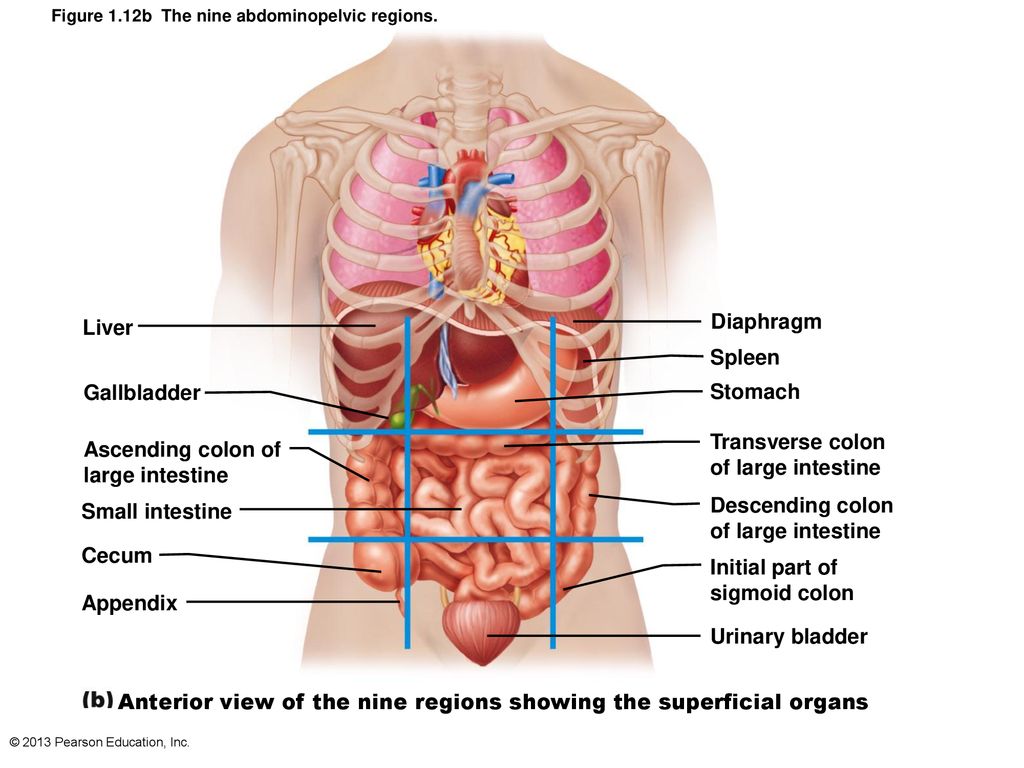
Vaccinations
Read about vaccinations for children and adults without a fully working spleen.
Antibiotics
It’s recommended that you take low-dose antibiotics for the rest of your life to prevent bacterial infections. Antibiotics are particularly important:
- for children under the age of 16
- for the first 2 years after your spleen is removed
- if your immune system doesn’t work properly
Be alert for signs of infection
Watch out for signs of infection, such as:
- high temperature (fever)
- sore throat
- cough
- severe headache
- headache with drowsiness or a rash
- abdominal pain
- redness and swelling around the surgical wound
Your GP can prescribe a course of antibiotics for you to use if you get an infection. You should start taking them at the first sign of an infection, so see your GP as soon as possible.
You should start taking them at the first sign of an infection, so see your GP as soon as possible.
If your infection becomes serious, you will be admitted to hospital.
Animal and tick bites
Bites from animals and ticks (small blood-sucking parasites) can cause infections.
If you get bitten by an animal, particularly a dog, start your course of antibiotics and seek medical advice urgently.
If you go trekking or camping regularly, you may be at risk of babesiosis, which is a rare disease transmitted by ticks. Try to avoid tick bites by wearing clothes that cover your skin, particularly long trousers. If you become ill, get medical advice straight away.
Telling medical staff about your condition
Healthcare professionals will mark your health records to show that you don’t have a working spleen. However, always remember to tell any medical professionals that you see, including your dentist.
Carry medical ID
It’s a good idea to carry or wear some medical ID. For example:
- if your spleen is removed, the hospital may give you a splenectomy card to take home with you
- you may want to buy your own medical ID, such as a MedicAlert or Medi-Tag bracelet or pendant
If you need help or emergency treatment, your medical ID will alert the staff to your condition.
Travel abroad
Read advice about travelling abroad without a fully working spleen.
Scars
The scars from your operation will gradually fade.
Last updated:
29 May 2023
How can we improve this page?
Help us improve NHS inform
Don’t include personal information e.g. name, location or any personal health conditions.
Email Address
e.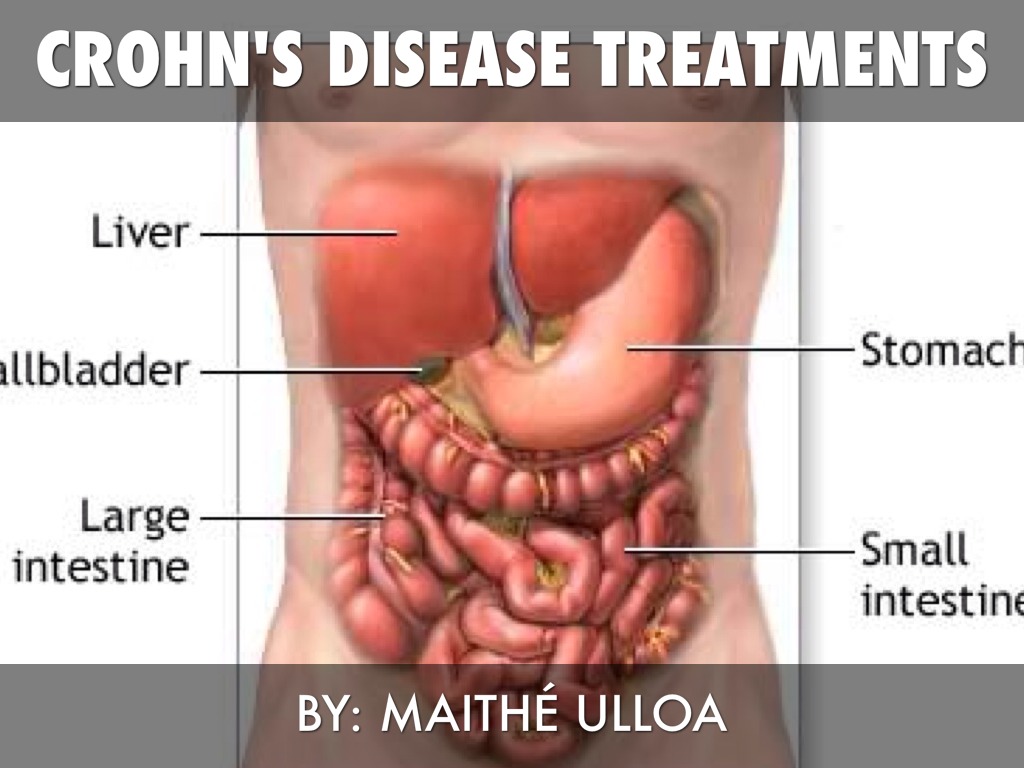 g. [email protected]
g. [email protected]
Message
Maximum of 500 characters
Biologists have turned the spleen into a liver inside a live mouse
Chinese biologists have developed a method that allows you to turn one organ into another, that is, to grow the liver on the scaffold of the spleen. rusjev.net writes about this.
“The easiest way to cope with a liver failure is to transplant a new one to a patient. However, it is far from always possible to find a donor in time, and the organ itself after transplantation may not take root or not work in full,” the message says.
A group of biologists led by Lei Dong from the University of Nanjing proposed an alternative approach to the problem: to grow a new organ right inside the patient’s body. And the vascular framework, according to their idea, can be borrowed from some other organ that is not vital. In the case of the liver, the spleen could become such an organ: it is quite large, well supplied with blood, but not critical for life.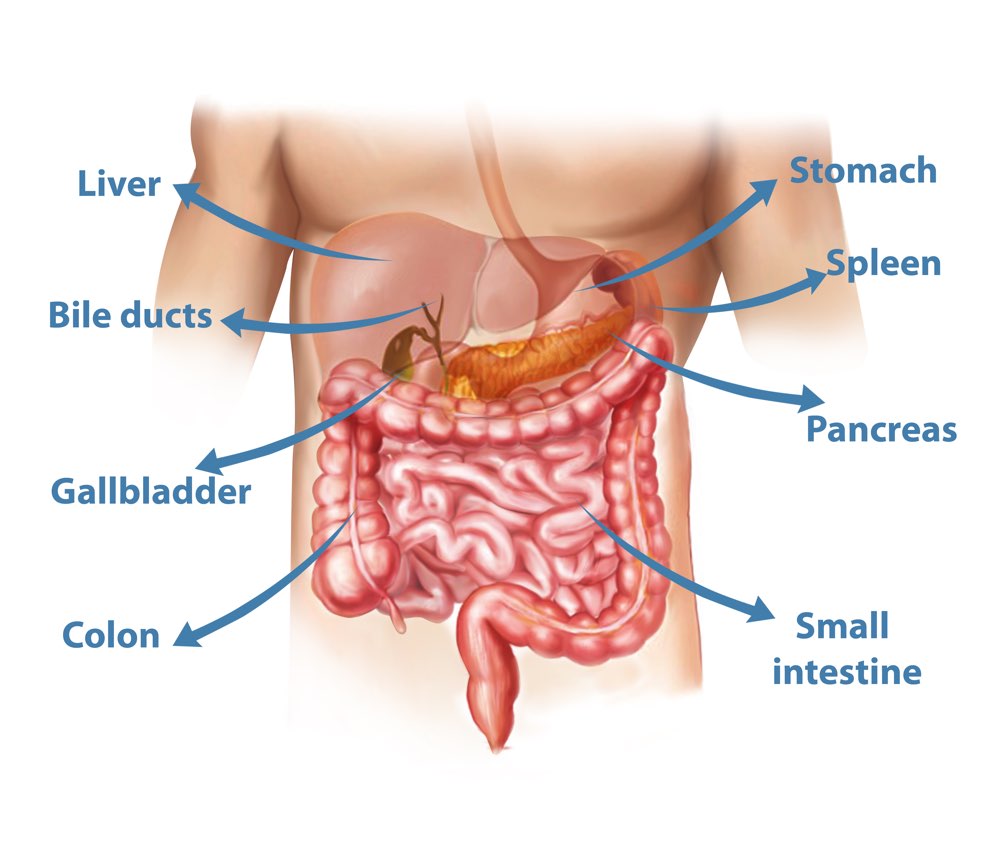 People with a removed spleen do not suffer from serious illnesses, so it could be donated in favor of the liver.
People with a removed spleen do not suffer from serious illnesses, so it could be donated in favor of the liver.
Read also
Medical breakthrough: scientists grow human ears on the backs of mice
First, the researchers pushed the spleen of experimental mice under the skin to make it easier to track its condition. They checked that after the transfer, the organ retained its size and morphology, and its cells produced a standard set of spleen proteins.
After that, the first stage of transformation of the spleen began. In order for a full-fledged liver to grow in it, it was necessary to prepare it: reduce the activity of immunity and allow newly arrived cells to divide. To do this, biologists decided to treat the spleen with an extract of a mouse tumor.
Biologists have found that under the influence of sarcoma extract, the spleen under the skin of the mouse grows strongly and begins to weigh almost twice as much as usual. At the same time, this transformation, according to the authors of the work, did not affect the health of the mice themselves and the work of other organs.
At the second stage of transformation, the spleen had to be populated with liver cells. The researchers tested four types of cells: a mouse’s own liver cells, liver cells from another mouse, human liver cells, and liver cells grown from reprogrammed human cells. All of them took root in the spleen after treatment with the tumor extract and remained there for two weeks after the extract was stopped (and the liver’s own cells remained in the spleen even longer). At the same time, mouse liver cells were able to occupy a significant part of the organ and form there structures characteristic of the liver, including the bile ducts.
Finally, the authors of the work checked how the transformed spleen performs the functions of the liver. It turned out that it synthesizes fats, stores glycogen and produces blood proteins, as the liver is supposed to do. Moreover, when 90 percent of the real liver was removed from such animals, they all survived, while from the control group (those who received cells into the unprepared spleen or, conversely, prepared it, but did not introduce the cells), no one survived the removal. liver.
liver.
The transformed mouse spleen (left) is much larger than normal (right).
Thus, the researchers found that a good replacement for the liver can be obtained from the spleen. And this procedure does not cause serious side effects – at least in mice. However, the authors of the work note that the transformed spleen has an important difference from the liver – a source of blood. The liver receives blood from the intestines through the portal vein, so signal substances secreted by the intestinal wall may be present in it, and the oxygen concentration is lower. At the next stage of work, it is important to check that the absence of these signals and the unusually high level of oxygen in the blood do not destroy the liver cells at the new place of residence.
Earlier, we wrote about the first transplantation of a grown human liver into an animal.
Ask a question
Addresses of medical centers
AVENUE-Aleksandrovka
Mon – Fri 7:30 – 20:00
Sat, Sun 9:00 – 15:00
Rostov-on-Don
220, 40th Anniversary of Victory Ave.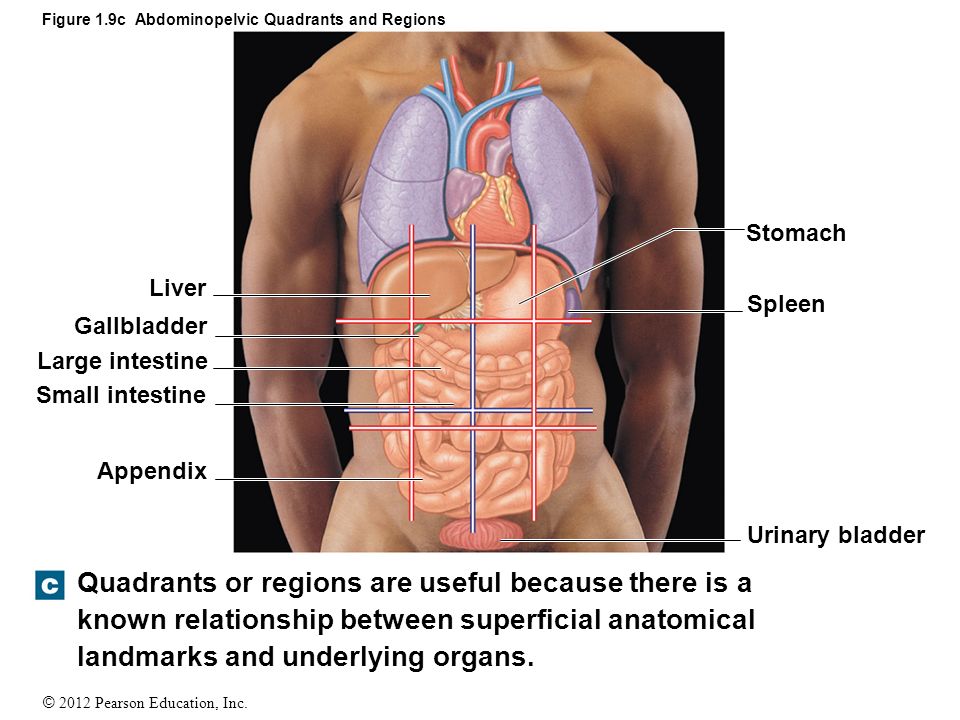 , 2nd floor.
, 2nd floor.
8-938-120-44-00
AVENUE-Veresaevo
New!
Mon – Fri 7:30 – 20:00
Sat, Sun 9:00 – 15:00
Rostov-on-Don
st. Berberovskaya, 2/101, st 2
8-928-120-22-11
AVENUE-West
Mon – Fri 7:30 – 20:00,
Sat, Sun 9:00 – 15:00
Rostov-on-Don
st. 2nd Krasnodarskaya, 145 A. 2nd floor.
8-900-122-11-03
AVENUE-Komarova
Mon – Fri 7:30 – 20:00,
Sat, Sun 9:00 – 18:00
Rostov-on-Don
b-r Komarova, 11
8-928-120-67-67
AVENUE-Red Aksai
Mon – Fri 7:30 – 20:00
Sat, Sun 9:00 – 15:00
Rostov-on-Don
st.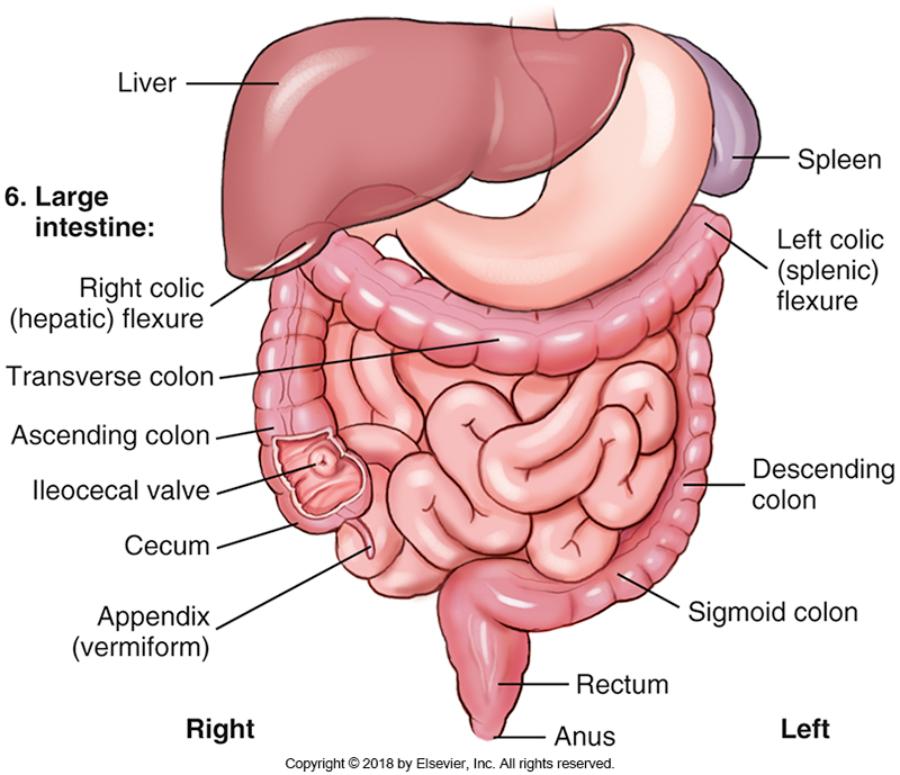 Bogdanova, 85 (lit. 8).
Bogdanova, 85 (lit. 8).
8-928-111-22-11
AVENUE-Leventsovka
Mon – Fri 7:30 – 20:00,
Sat, Sun 9:00 – 15:00
Rostov-on-Don
Marshal Zhukov Ave., 23.
8-900-120-03-11
AVENUE-Nakhichevan
Mon – Fri 7:30 – 20:00
Sat, 9:00 – 15:00
Sunday closed.
Rostov-on-Don
st. 1st Mayskaya, 5/9
8-928-120-24-24
AVENUE-Strikes
New!
Mon – Fri 7:30 – 20:00
Sat, Sun 9:00 – 15:00
Rostov-on-Don
Stachki Ave., 31
8-928-120-03-30
AVENUE-Stroygorodok
Mon – Fri 7:30 – 20:00
Sat, Sun 9:00 – 15:00
Rostov-on-Don
st. Taganrogskaya, 112a
Taganrogskaya, 112a
8 (928) 27-000-87
AVENUE-Tekucheva
Mon – Fri 7:30 – 20:00
Sat, Sun 9:00 – 15:00
Rostov-on-Don
st. Tekucheva, 238 / Cathedral 78. 2nd floor.
You can leave your car in a paid parking lot near the Perekrestok store (LCD Millennium-1)
8-928-120-51-51
AVENUE-Chkalovsky
Mon – Fri 7:30 – 20:00,
Sat, Sun 9:00 – 15:00
Rostov-on-Don
st. Vyatskaya, 45a. 2nd floor.
8-928-77-000-75
Franchise
COVID-2019
Make an appointment
Select medical center *
AVENUE-Aleksandrovka
AVENUE-Bataysk East
AVENUE-Bataysk North
AVENUE-Veresaevo
AVENUE WEST
AVENUE-Komarova
AVENUE-Red Aksai
AVENUE-Leventsovka
AVENUE-Nakhichevan
AVENUE-Strikes
AVENUE-Stroygorodok
AVENUE-Tekucheva
AVENUE-Chkalovsky
Krasnodar Karyakina 7
Choose a specialization *
Allergist-immunologist
Allergist-immunologist for children
Gastroenterologist
Gastroenterologist for children
Gynecologist
Gynecologist for children
Dermatovenereologist
Dermatovenereologist for children
Nutritionist
Infectionist
Cardiologist
Cardiologist for children
ENT
ENT for children
Mammologist
Neurologist
Children’s neurologist
Proctologist
Therapist
Traumatologist-orthopedist
Trichologist
Ultrasound
Urologist-andrologist
Surgeon
Vascular surgeon
Endocrinologist
Endocrinologist for children
Your full name *
Telephone *
I confirm that the processing, verification and storage of my personal data is made with my consent.


 g., lymphoma).
g., lymphoma). StatPearls [Internet]. StatPearls Publishing; Treasure Island (FL): Feb 27, 2023. Systemic Lupus Erythematosus. [PubMed: 30571026]
StatPearls [Internet]. StatPearls Publishing; Treasure Island (FL): Feb 27, 2023. Systemic Lupus Erythematosus. [PubMed: 30571026] Dig Dis Sci. 2019 Oct;64(10):2757-2768. [PubMed: 31011942]
Dig Dis Sci. 2019 Oct;64(10):2757-2768. [PubMed: 31011942]